Roots of a Rebel: Childhood and Early Dreams
Before the world knew her as the smoky-voiced icon of rock, Marianne Faithfull was a London girl with a complicated heritage. Born December 29, 1946, in Hampstead, she grew up between the eccentric Braziers Park commune and her mother’s modest home in Reading. Her father, a World War II intelligence officer turned academic, and her mother, an Austrian baroness with ties to the Sacher-Masoch family, gave her a life that blended aristocratic whispers and bohemian ideals. But their divorce when she was six left Marianne with a sense of both freedom and longing. Boarding school and bouts of tuberculosis forced her to slow down, yet they also gave her time to discover music and the folk songs that would soon carry her far beyond England’s quiet countryside.
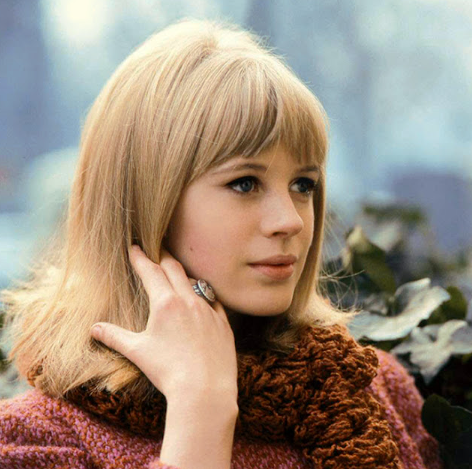
A Teenage Breakthrough with “As Tears Go By”
At seventeen, Marianne’s life changed overnight. Spotted at a Rolling Stones party in 1964, she was signed to Decca Records and handed a song by Mick Jagger and Keith Richards—“As Tears Go By.” Her delicate, breathy voice gave the song a haunting melancholy that catapulted it to the top ten in the UK and into the U.S. charts. Suddenly she was more than a teenager with a guitar; she became the face of London’s Swinging Sixties. Follow-up hits like “Come and Stay With Me” and “This Little Bird” proved she wasn’t a one-hit wonder. Her early records blended folk and pop, while her fashion—mini skirts, Mary Quant coats, and an effortlessly cool bob—made her a style icon in the same league as Twiggy.
Video : Marianne Faithfull: Untold Truth in Rare Photos
Rock Royalty and a Wild Love Affair
Marianne’s romance with Mick Jagger in the late 1960s made her tabloid gold. Together they were the ultimate rock ’n’ roll couple, inspiring songs like “Lady Jane,” “Wild Horses,” and the chilling ballad “Sister Morphine,” which she co-wrote and recorded. But life in the Stones’ orbit came with chaos: late-night parties, drugs, and relentless media scrutiny. The infamous 1967 Redlands drug bust—where Marianne was discovered wrapped in a fur rug—cemented her as both muse and rebel.
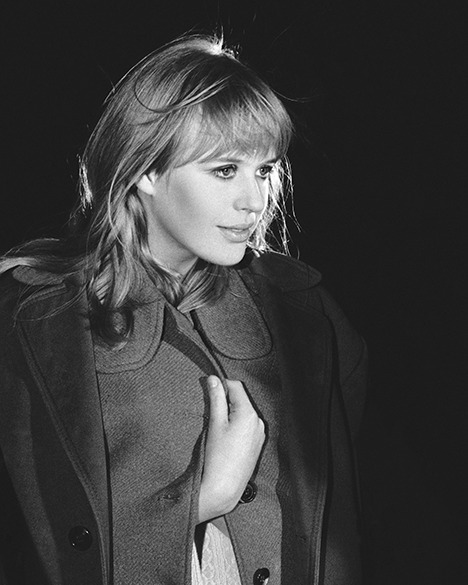
Descent into Darkness: Addiction and Loss
When her relationship with Jagger ended, Marianne spiraled. Heroin addiction, homelessness, and mental health struggles consumed much of the 1970s. At times she was literally living on the streets of Soho, her once-delicate voice deepened into a raspy contralto by cigarettes and suffering. Yet even in this dark period, her artistry never disappeared. She took occasional film roles and worked sporadically on music, but the world wondered if she would ever truly return.
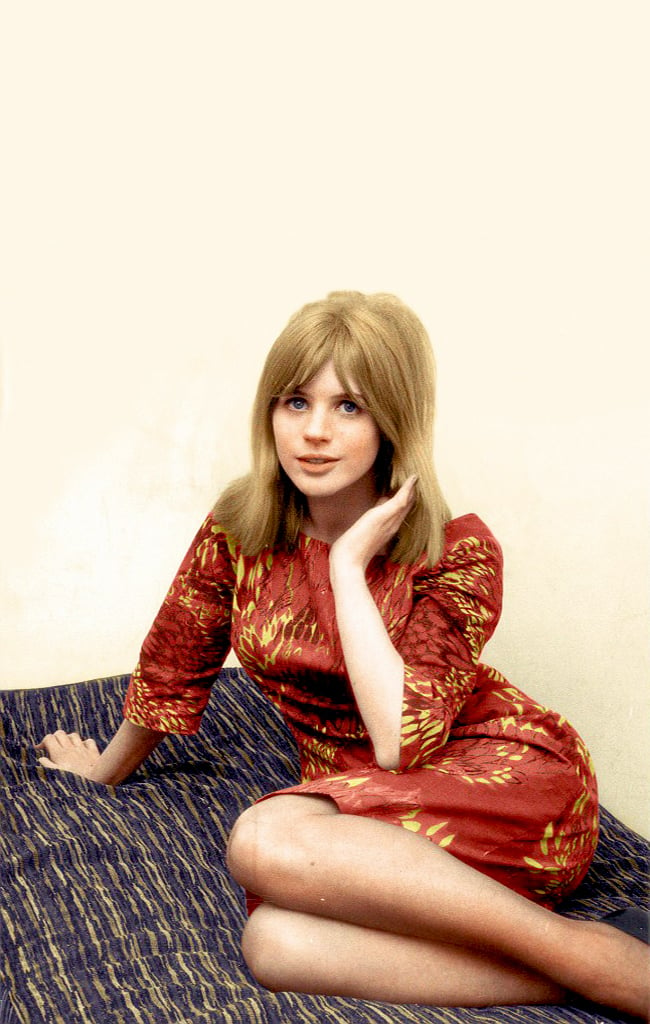
The Phoenix Rises: Broken English and a Fierce Comeback
Marianne answered in 1979 with Broken English, a bold, politically charged album that shocked critics and fans. Gone was the sweet-voiced folk girl; in her place stood a raw, commanding artist with lyrics about betrayal, revolution, and female rage. Songs like “The Ballad of Lucy Jordan” and “Why D’Ya Do It?” showcased a voice scarred by experience but alive with power. The record earned her a Grammy nomination and reestablished her as one of rock’s most fearless performers.
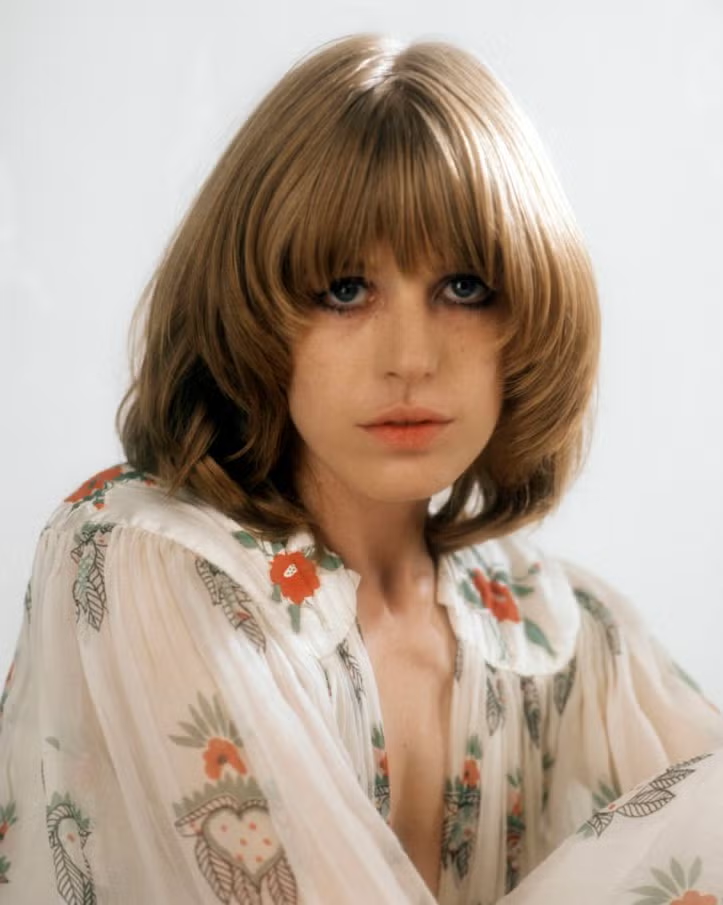
She followed it with a string of acclaimed albums—Dangerous Acquaintances (1981), Strange Weather (1987), Blazing Away (1990), and Before the Poison (2005)—each one proving her ability to reinvent herself without losing authenticity. Over the decades she collaborated with everyone from Nick Cave to Metallica, continually shaping her music to reflect both her struggles and her triumphs.
Video : 📷Unveiling the Enigmatic Journey: Marianne Faithfull’s Captivating Photo Collection
Beyond Music: Acting and Writing
Marianne also carved a career on stage and screen. She starred in films like Girl on a Motorcycle (1968) and later Irina Palm (2007), where her performance won critical praise. Her autobiographies—Faithfull (1994) and Memories, Dreams and Reflections (2007)—offered unflinching portraits of her life, from the glamour of the ’60s to the darkest corners of addiction and recovery.

A Voice That Endures
Even as she faced serious health challenges—including breast cancer and a life-threatening bout with COVID-19—Marianne Faithfull kept creating. Her 2021 album She Walks in Beauty, a collaboration with Warren Ellis, set classic poetry to music and revealed an artist still exploring new territory after six decades.
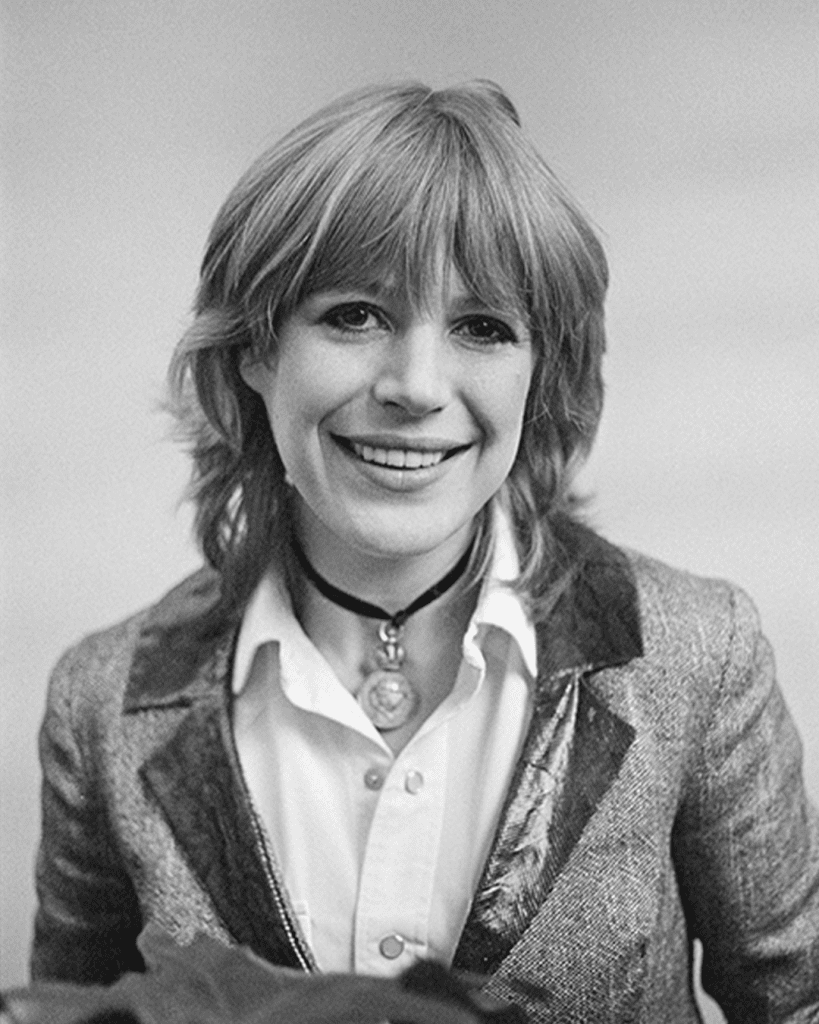
Conclusion: The Enduring Magic of Marianne Faithfull
From her teenage breakthrough with “As Tears Go By” to her stormy years with rock’s biggest names, and finally her triumphant comeback, Marianne Faithfull turned every setback into art. Her voice—once airy and innocent, later roughened into a smoky roar—tells the story of survival and reinvention. More than a singer, she became a symbol of resilience, showing that true allure isn’t about perfection; it’s about the courage to keep singing when the storm has passed.